
Toen ik voor het eerst in deze branche kwam, Ik dacht dat loodzure batterijen gevaarlijker zouden zijn dan LifePo4 Solar Battery, Maar GycxSolar Boss vertelde dat dat niet klopt. Integendeel, Lithium-ion batterijproducten zijn gevaarlijker, met risico's zoals explosie en verbranding. Echter, Batterijproducten hebben altijd hoge en complexe transportvereisten gehad in de logistiek.
Vanwege de unieke complexiteit van de compositie van LifePo4 Solar Battery en het feit dat niet alle logistieke serviceproviders veiligheidsbewustzijn en overeenkomstige professionele kennis hebben om ze in overeenstemming te behandelen, Het transportproces van lithium-ionbatterijen zit vol met variabelen en complexiteit. Daarom, Houd er rekening mee dat de levering van express niet alleen gaat over het plaatsen van lithiumbatterijen in dozen. Het transport van batterijen is een serieuze baan, en als het niet goed wordt behandeld, Het kan leiden tot explosies, branden, en boetes - met aanzienlijke risico's!
In dit korte blogbericht, We zullen de juiste methoden introduceren voor batterijtransport, inclusief begrip voorschriften, verpakking, onder andere. Met de juiste professionele kennis, U kunt LifePo4 Solar Battery veilig vervoeren.
Begrijp LifePo4 Solar Battery

LifePo4 Solar Battery is de fundamentele kern van moderne stroomopslag, Op grote schaal gebruikt in velden zoals consumentenelektronica, automotive, en industrie. De lichtgewicht en hoge energiedichtheid maakt het de voorkeurskeuze voor draagbare en langdurige vermogensbehoeften. Omdat meer en meer producten afhankelijk zijn van LifePo4 -zonnebatterijen, De marktvraag naar hen neemt ook constant toe.
Het is cruciaal om een diep inzicht te hebben in de classificatie van lithium-ionbatterijen om veilig transport te garanderen. Lithium -ionbatterijen bevatten verschillende zeer actieve stoffen, en het begrijpen van hun chemische samenstelling is een van de basis.
Tegelijkertijd, Het heeft een hoge energiedichtheid en genereert warmte tijdens het bedrijf, die aanzienlijke veiligheidsrisico's kan opleveren in beperkte capaciteitsruimtes, vooral in afgesloten ruimtes zoals containers tijdens transport.
Lithium -ionbatterijen behoren tot de klas 9 van systemen voor gevaarlijk materiaal. Klas 9 omvat verschillende soorten gevaarlijke goederen, inclusief items die gemakkelijk kunnen worden verwarmd en brandbaar. Lithium -ionbatterijen zijn met name prominent in deze categorie vanwege hun brandgevaren en gevoeligheid voor oververhitting.
Dit classificatiesysteem evalueert de potentiële risico's van stoffen en materialen tijdens transport. Onjuiste behandeling, verpakking, of opslag kan leiden tot ernstige chemische en elektrische gevaren, Het is dus cruciaal om een grondig begrip te hebben van de details van veilig transport.
Deze classificaties bieden logistieke providers de kenmerken van goederen, waardoor ze kunnen weten hoe ze lithium -ionbatterijen kunnen verzenden en de logistiek van LifePo4 -zonnebatterijen correct kunnen verwerken, Zorgen voor naleving van veiligheidsvoorschriften en het voorkomen van ongevallen tijdens het transport.
Waarom vereisen LifePo4 Solar Battery speciale transportregelingen
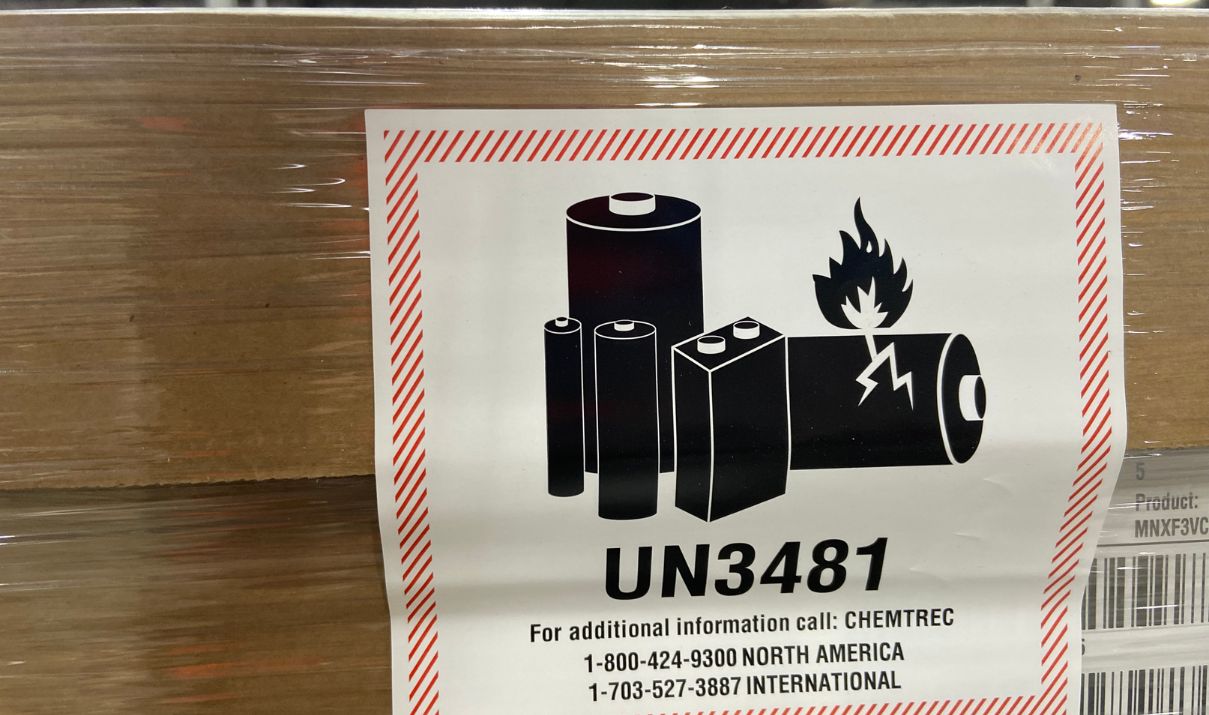
LifePo4 Solar Battery Vereist speciale regelingen tijdens het transport, aangezien onjuiste behandeling kan leiden tot ernstige gevolgen.
Als de batterij is beschadigd of kort circuit is, het kan thermische wegloper veroorzaken, leidend tot brand of explosie. Dit kan niet alleen schade toebrengen aan het hanteringspersoneel of het reddingspersoneel van noodsituaties, maar leiden ook tot schade aan de lading, en de brand kan zich zelfs verspreiden naar de vrachtopname van het vliegtuig of het schip.
Als er een brand plaatsvindt tijdens het transport, vooral door de lucht, Noodlanding of afleiding kan vereist zijn, het verhogen van het risico en de complexiteit van transport. In aanvulling, Als u de voorschriften voor batterijtransport overtreden, U kunt ook regelgevende boetes betalen of transportrechten verliezen.
Vanwege het hoge risico, Lithiumbatterijen worden geclassificeerd als klasse 9 gevaarlijke goederen. En andere soorten batterijen kunnen tot andere categorieën gevaarlijke goederen behoren. Batterijproducten moeten voldoen aan de verpakkingen, etikettering, en voorschriften voor kwantiteitsbeperkingen.
Wat zijn de manieren waarop LifePo4 -zonnebatterijen kunnen worden getransporteerd?
LIFEPO4 Solar Battery kan worden getransporteerd door alle vier de belangrijkste transportmodi die in logistiek worden gebruikt: lucht, zee, weg, en spoor. Echter, Verschillende vervoerswijzen kunnen verschillende voorschriften en vereisten hebben.
Hieronder zullen we algemene richtlijnen introduceren die van toepassing zijn op alle transportmodi, die kan worden verkregen door specifieke voorschriften voor gevaarlijke materiaal in de volgende industrieën te herzien voor meer gedetailleerde informatie:
Luchtvracht: International Air Transport Association Dangerous Goods Regulations en International Air Transport Association Lithium Battery Transport Regulations (Lbsr)
Oceaan: Internationale maritieme code voor gevaarlijke goederen (IMDG)
Snelweg: Overeenkomst met betrekking tot het internationale vervoer van gevaarlijke goederen per weg (ADR)
Spoorweg: Internationale voorschriften voor het transport van gevaarlijke goederen per spoor (Bevrijden)
Transportvoorschriften voor lithium-ionbatterijen
Twee belangrijke documenten: Het Handleiding van de Verenigde Naties voor tests en criteria en het wereldwijd geharmoniseerde classificatie en labeling van chemicaliën (GHS).
Het is cruciaal om te voldoen aan de VN -standaard 38.3 Bij het vervoeren van lithium-ionbatterijen per lucht, zee, weg, en spoor.
Deze standaard is afkomstig van de United Nations Manual of Tests and Standards en is van toepassing op zowel zelfstandige batterijen als batterijen die al in apparatuur zijn geïnstalleerd. In handelsbeveiligingsvoorschriften, De Verenigde Naties hebben richtlijnen uitgegeven voor het veilige transport van gevaarlijke goederen.
Het wereldwijd geharmoniseerde systeem van classificatie en labeling van chemicaliën (GHS) Biedt universele veiligheidsnormen voor chemicaliën. Deze methode faciliteert personeel om snel de potentiële risico's van verschillende chemicaliën te begrijpen, Zorgen voor de veilige afhandeling, transport, en gebruik van chemicaliën, waardoor mensen en het milieu worden beschermd.
Een standaard 38.3: Wereldwijde normen

De United Nations Manual of Tests and Standards biedt gedetailleerde testmethoden, normen, en procedures voor de classificatie van gevaarlijke goederen.
In deze uitgebreide regelgeving voor regelgevende eis, Er is een speciaal hoofdstuk dat algemeen bekend staat als VN -standaard 38.3, dat is het derde deel van de handleiding, Sectie 38.3.
Dit gedeelte biedt gedetailleerde informatie over het transport van lithiummetaal- en lithium-ionbatterijen. Deze voorschriften zijn wereldwijde benchmarks, en uniforme regelgevende normen zijn bevorderlijk voor het handhaven van de veiligheid van lithium-ionbatterijtransport. Regelgevende instanties over de hele wereld accepteren en naleven zich in het algemeen.
Als u een internationaal transport van lithium-ionbatterijen overweegt, Het is cruciaal om de speciale beperkingen te begrijpen die voortvloeien uit hun inherente gevaren. Andere gedetailleerde vereisten kunnen variëren, afhankelijk van de transportmodus en het land/de regio waar de batterij wordt getransporteerd. Het wordt aanbevolen om zorgvuldig relevante afdelingen te verifiëren en te raadplegen om naleving te garanderen.
Batterijen over de weg vervoeren
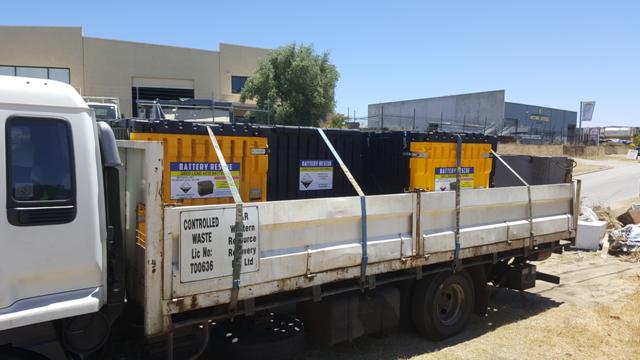
Bij wegtransport, Verladers moeten voldoen aan de voorschriften voor lithium-ionbatterijen van de lokale transportafdeling, inclusief geschikte verpakking, etikettering, en specifieke hoeveelheden en typen voor wegentransport. Trucktransportbedrijven moeten ook voldoen aan meer gedetailleerde voorschriften, zoals het aansluiten van labels aan de buitenkant van de containers en het rapporteren van informatie aan relevante lokale overheidsafdelingen tijdig.
Verzend lithiumbatterijen per lucht
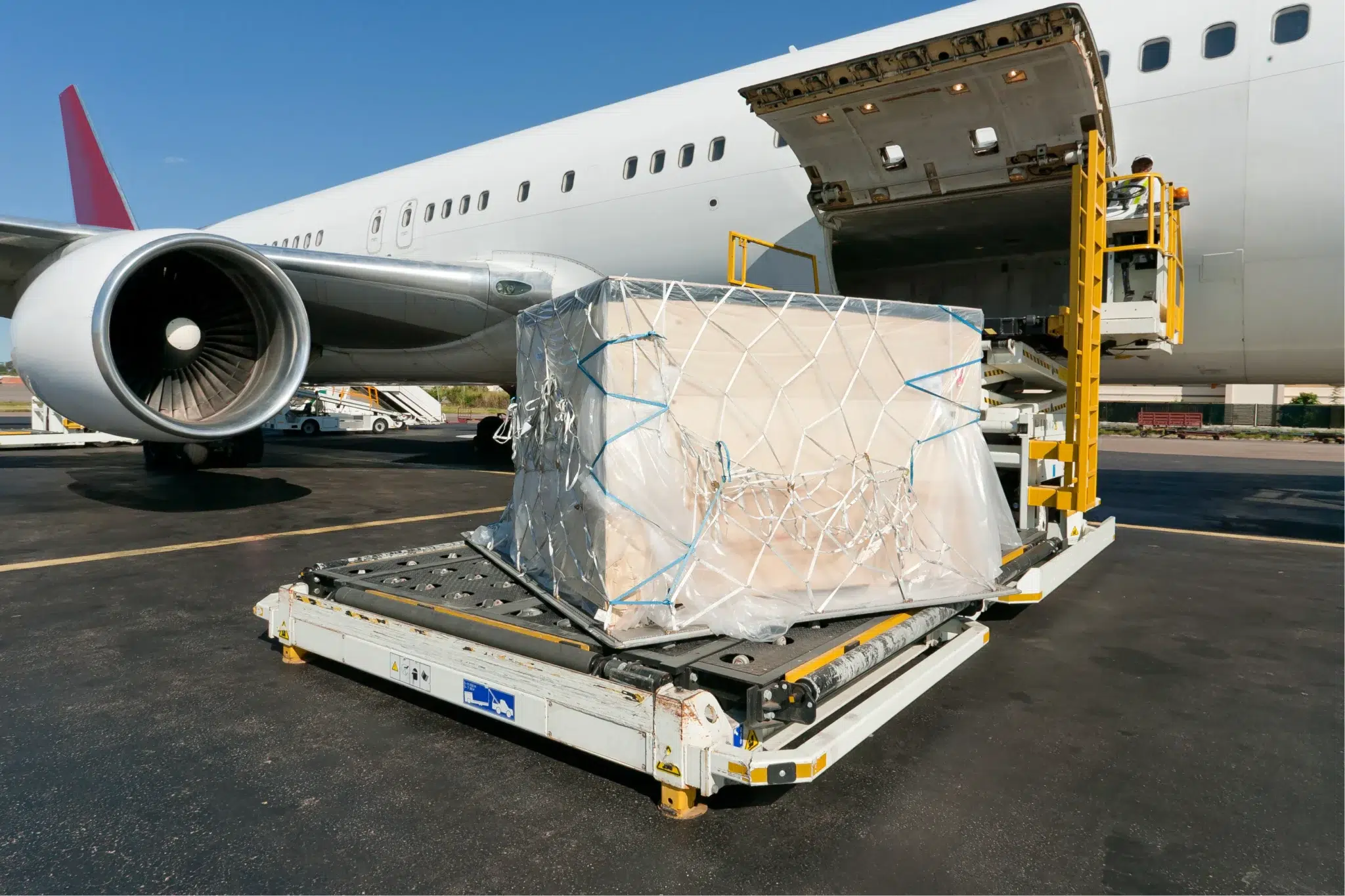
Kunnen lithium -ionbatterijen door de lucht worden verzonden ? Het antwoord is ja, Maar de omstandigheden zullen iets hoger zijn.
Om de veiligheid van lithiumbatterijen per lucht te waarborgen, Luchtvaartmaatschappijen zullen specifieke regels en beperkingen vaststellen. Onafhankelijke lithium-ionbatterijen kunnen niet worden getransporteerd als vracht op passagiersvluchten. Maar de lithium-ionbatterijen die in de apparatuur zijn geïnstalleerd, kunnen door de lucht worden verzonden, Maar er zullen beperkingen zijn aan het aantal batterijen en het type apparatuur.
Onafhankelijke lithium-ionbatterijen kunnen worden getransporteerd door vrachtvliegtuigen, maar moet worden verpakt volgens de voorschriften om potentiële hoge risico's zoals kortsluiting of spontane verbranding te voorkomen.
Dit omvat individueel verpakking van elke batterij en het plaatsen van deze in een secundaire buitenverpakking om kortsluiting te voorkomen.
De staat van beschuldiging (SoC) van alle lithium-ionbatterijcellen en batterijen (En 3480 alleen) mag niet hoger zijn dan 30% van hun nominale capaciteit. Batterijcellen en batterijen met SOC overtreffen 30% kan alleen worden getransporteerd in overeenstemming met schriftelijke voorwaarden die door de autoriteiten zijn vastgesteld, Met goedkeuring van het land van herkomst en het land waar de operator zich bevindt.
Voor de laatste en herziene voorschriften, Raadpleeg de begeleidingsdocumenten met betrekking tot het transport van lithiumbatterijen op uw locatie. En of het nu internationale of binnenlandse vracht is, Het is het beste om te controleren met luchtvaartmaatschappijen voor eventuele aanvullende vereisten die ze zelf hebben aangepast.
Lithium Ion Railway Transport

Het transport van lithium-ionbatterijen per spoorweg vereist naleving van specifieke spoorwegvoorschriften om de veiligheid en naleving tijdens het transport te waarborgen.
Het moet voldoen aan de VN -verordening 38.3: Alle lithium-ionbatterijen die per spoor worden getransporteerd, moeten slagen voor strikte tests die zijn gespecificeerd in de United Nations Manual of Tests and Standards, inclusief hoogte, thermisch fietsen, trilling, en schoktests. Lithium -ionbatterijen moeten worden verpakt volgens de voorschriften en gelabeld met gevarenlabels. Om risico's op schade tijdens het transport te voorkomen, Batterijen moeten ook worden verhinderd om in de verpakking te bewegen (Phmsa).
Voor spoorweg doorvoer, De laadstaat van lithium-ionbatterijen en oplaadbare batterijen mag niet hoger zijn dan 30% van hun nominale capaciteit. Hogere SOC -niveaus zijn alleen toegestaan in speciale omstandigheden met goedkeuring van de relevante autoriteiten van het land van herkomst en bestemming (Phmsa).
Verzend lithiumbatterijen over zee

Zeevracht is de belangrijkste manier van internationaal transport voor lithium-ionbatterijen. Deze methode is onderworpen aan de internationale voorschriften van de International Maritime Dangerous Goods Code (IMDG -code), dat is de wereldwijde standaard voor het veilige transport van gevaarlijke materialen over zee. Lithium -batterijen over zee worden verzonden, vereist naleving van internationale voorschriften en richtlijnen om te zorgen voor het veilige transport van deze potentieel gevaarlijke materialen.
Enkele informatie over het verzenden van batterijen in de oceaan:
De internationale maritieme gevaarlijke goederencode (IMDG) Specificeert de classificatie, verpakking, etikettering, en andere vereisten voor gevaarlijke goederen om ongevallen en milieugevaren te voorkomen.
Classificatie van internationale maritieme code voor gevaarlijke goederen:
En 3480 is van toepassing op onafhankelijke lithium-ionbatterijen.
En 3481 Geldt voor lithium-ionbatterijen binnen of verpakt in apparatuur.
En 3090 en een 3091 respectievelijk van toepassing op lithium metalen batterijen en lithiummetaalbatterijen die zijn opgenomen of verpakt in apparatuur.
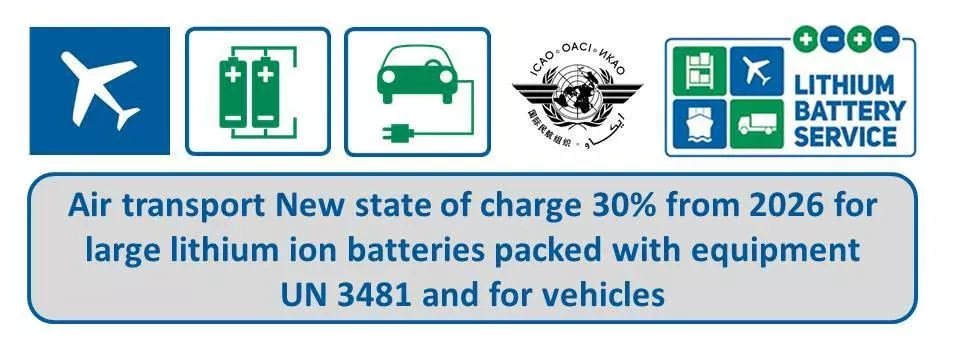
Conclusie
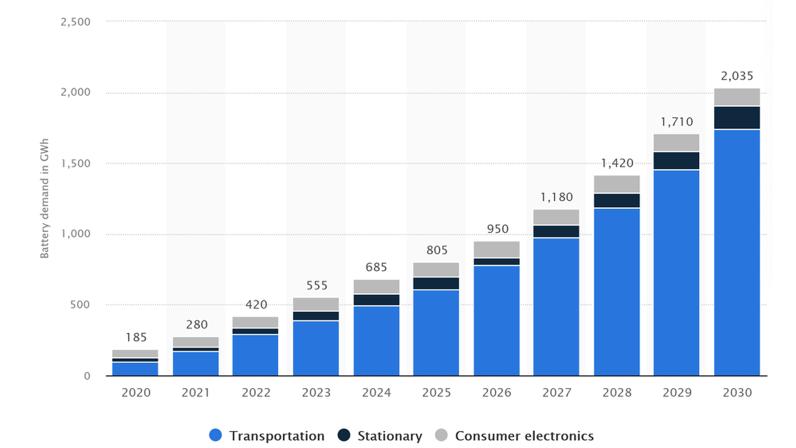
Met de toename van de wereldwijde vraag naar lithium-ionbatterijen, Logistiek transport zal ook worden geconfronteerd met nieuwe uitbreiding en uitdagingen. Het kiezen van de juiste transportmethode op basis van uw locatie is gunstig voor uw investeringsveiligheid. Soms is het transport van lithiumbatterijen niet zo veilig, omdat er eerder incidenten zijn geweest om in brand te steken tijdens zeevracht.
Redelijke selectie, verpakking, en de nadruk kan het optreden van deze risico's verminderen en zorgen voor de soepele voortgang van uw eigen investering.
Daarom, Het transport van LIFEPO4 -zonnebatterijen vereist zorgvuldige planning en naleving van het specifieke beleid en voorschriften van de transportlocatie om veiligheid en naleving te waarborgen. Het wordt aanbevolen om altijd aandacht te besteden aan de nieuwste updates en gedetailleerde richtlijnen, die te vinden zijn in officiële documenten van relevante regelgevende instanties zoals de International Air Transport Association, de internationale maritieme Dangerous Goods Administration, en lokale transportautoriteiten.
